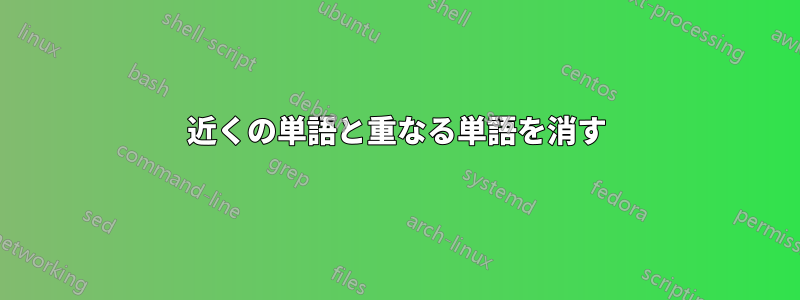
私はクロスオーバーワードを追加する方法を見つけましたtcolorbox
\documentclass{article}\usepackage{xcolor} \usepackage[most]{tcolorbox}
\begin{document}
Of course, presenting this solution would be cheating. And, no, it won't work in all cases, due to strict limitations on the pairs
\tcbox[tcbox raise base,
breakable,nobeforeafter, enhanced jigsaw, opacityback=0, sharp corners, parbox=false, boxrule=0pt, top=0pt,bottom=0pt,left=0pt,right=0pt, boxsep=0pt, frame hidden, parbox=false,
finish={\draw[thick,red] (frame.south west)--(frame.north east);\draw[thick,red] (frame.south east)--(frame.north west);}]{
accepted
}
by \textbackslash{}line. Your professor surely knows that TeX doesn't draw oblique lines. With the standard package pict2e it's easier and it will work in any case.
\end{document}
ここで、「accept」という単語を消します。ただし、この十字を少し、たとえば 1cm ほど伸ばしたいので、私のイラストを参照してください。
どうすればそれを達成できるでしょうか?
答え1
あなたはshorten自分のセリフを言うことができます。
\documentclass{article}\usepackage{xcolor} \usepackage[most]{tcolorbox}
\tikzset{crossout/.style={thick,red,shorten >=-.5cm,shorten <=-.5cm}}
\begin{document}
Of course, presenting this solution would be cheating. And, no, it won't work in all cases, due to strict limitations on the pairs
\tcbox[tcbox raise base,
breakable,nobeforeafter, enhanced jigsaw, opacityback=0, sharp corners, parbox=false, boxrule=0pt, top=0pt,bottom=0pt,left=0pt,right=0pt, boxsep=0pt, frame hidden, parbox=false,
finish={\draw[crossout] (frame.south west)--(frame.north east);\draw[crossout] (frame.south east)--(frame.north west);}]{
accepted
}
by \textbackslash{}line. Your professor surely knows that TeX doesn't draw oblique lines. With the standard package pict2e it's easier and it will work in any case.
\end{document}
答え2
代替の TikZ ソリューション (TeXnician のものほどエレガントではありません)。
スペースを占有せずに何かの上に書き込むことができますoverlay。
shift線を拡大するために使用しました(shortenここでも使用できますが、TeXnician がすでに実行しているため使用していません。そのため、代替案を示したいと思います)。
TikZ ノードを通常のテキストに揃えるには、ここを参照してください。通常のテキスト内のTikZノード。
\documentclass{article}\usepackage{xcolor} \usepackage{tikz}
\newcommand{\mycrossed}[1]{%
\tikz[remember picture, baseline=(A.base)]{
\node[inner sep=0pt](A){#1};
}%
\tikz[overlay, remember picture]{
\draw[red, very thick] ([shift={(-.5,.2)}]A.north west) -- ([shift={(.5,-.2)}]A.south east);
\draw[red, very thick] ([shift={(-.5,-.2)}]A.south west) -- ([shift={(.5,.2)}]A.north east);
}%
}
\begin{document}
Of course, presenting this solution would be cheating. And, no, it won't work in all cases, due to strict limitations on the pairs
\mycrossed{accepted}
by \textbackslash{}line. Your professor surely knows that TeX doesn't draw oblique lines. With the standard package pict2e it's easier and it will work in any case.
\end{document}
答え3
2019年5月(pgf バージョン 3.1.3shapes.misc) tikz のライブラリにはすでに取り消し線の形状が含まれています。
次のコードと図は、マニュアルのセクション 71.8 から抜粋したものです。
\begin{tikzpicture}
\draw [help lines] (0,0) grid (3,2);
\node [cross out,draw=red] at (1.5,1) {cross out};
\end{tikzpicture}







